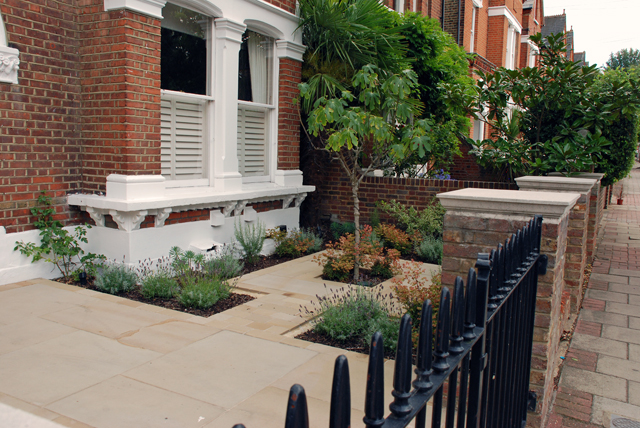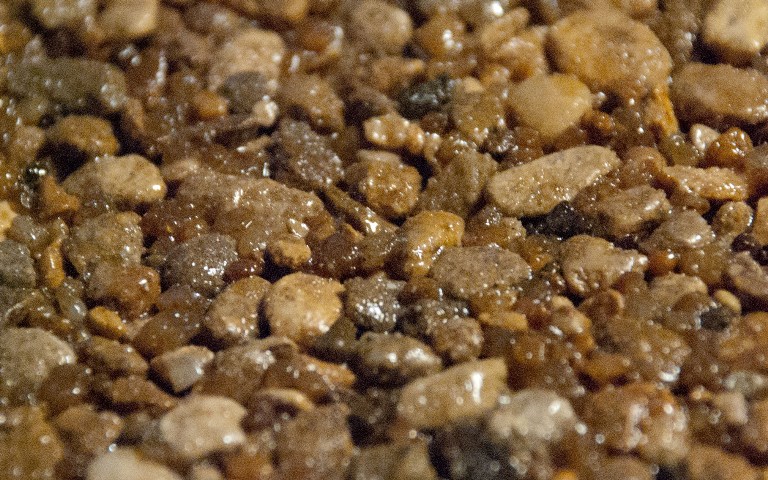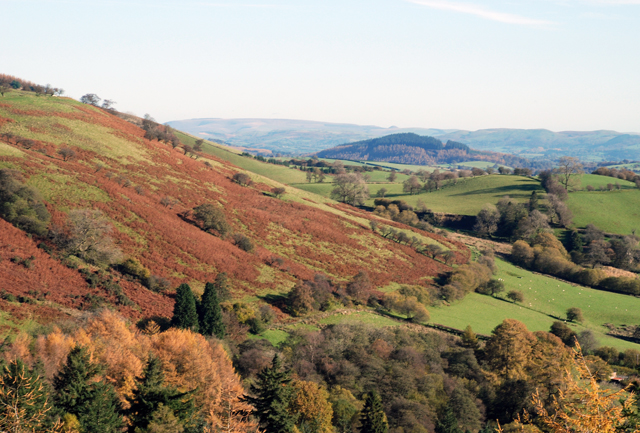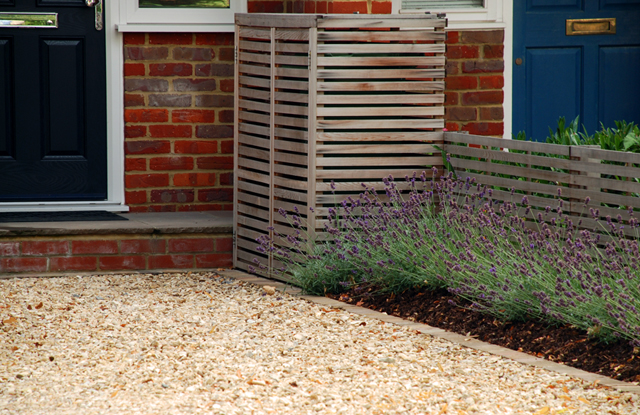Last week I talked you through the layout of your front garden so now it’s time to start thinking about the hard landscaping materials. The surface you choose will probably end up boiling down to cost but, whatever you decide upon, it must feel right with the look and style of your house as well as it’s setting.
So, I’ve put together a short list of what I hope are helpful tips to help you to decide:
1. How much have you got to spend?
The answer to this question will very much dictate your options. If you have a small front garden then the difference in material cost won’t make much of an impact on the budget, but in larger gardens the materials you use will really make a difference to your overall spend.
Loose aggregates are generally the cheapest option but will give a very different look and feel to a paving stone. If you have a large garden then you may want to mix the materials to help with cost so, for example, you could use a loose aggregate on the driveway and paving for the pathways .
Resin Bound aggregate is another option for a driveway but as it has to be laid on top of macadam or concrete it’s not cheap. There are permeable resin systems available which comply with SUDS (see below).
Paving can range from £25-£120+vat per m² so the material costs can escalate pretty quickly. In the garden above we used a premium sawn York stone but, because the total area was so small, the material costs weren’t big enough to warrant compromising on the overall look and feel of the garden.
NB: If you choose to use paving on a driveway ideally the thickness should be at least 40mm.
If you’re improving what you’ve got rather than starting from scratch then think about which areas of the garden warrant the most investment. A new threshold step, for example, might be all that’s needed to give the garden a fresh new look.
2. Where do you live
In urban areas you can afford things to be a bit more contemporary, but what works with a Georgian town house might not fit as well with a rustic stone cottage in the countryside so you need to choose a material that works with both.
This is where you can really take inspiration from your surroundings and look at local materials. Stone houses are normally built using the stone from a local quarry so this is a great place to start as there might be a paving equivalent available.
But whatever the choice, it must feel right with the style of the house otherwise it will always be fighting against it. Get samples and look at them in situ to check that they work with the house walls and look at them wet too as often the colour changes quite dramatically.
3. Upkeep – how will it look in 5 years?
There’ll be some maintenance requirements whatever material you choose but cheaper materials often require more effort to keep them looking nice.
A loose aggregate can be raked and top dressed but eventually you’ll get dirt settling which will in turn lead to weeds. But, it’s permeable, can easily be replaced, is reasonably inexpensive and looks good in most settings.
Paving of course can be swept but you’ll need to consider the type of stone you use depending on the situation. A soft sandstone, for example, might absorb stains from cars or surrounding trees. Sandstone can be sealed, but this will require reapplication in subsequent years. If your garden faces North then you’ll need to use a stone that’s not too permeable otherwise it will get slippery in the winter.
Self-binding aggregate such as Breedon can work on a driveway. This is a good value surface which is easy on the eye and looks great in formal and informal situations. It’s best to use with a paved area near the house to stop any transference from the bottom of your shoes, but it’s easy to top-dress in later years if required.
Block paving can be more difficult to maintain as the joints normally end up with moss and weeds growing in them. This can be kept in check by pressure washing, but you’ll also need to top dress with the fine sand to help prevent regrowth of weeds.
4. Planning
In the UK, front gardens are restricted under the SUDS (Sustainable Urban Drainage Systems) legislation. If you plan to pave over more than 5m² of your garden then you have to apply for planning permission.
The legislation was put in place to control the run-off of water into the highway storm drains. All run-off must be dealt with on your property.
If you’re unsure whether your plans are compliant then it’s best to speak to your local planning office before work starts but, generally speaking, as long as the amount of hard landscaping is proportionate to the total area of your garden, and you put provisions in place to deal with any run-off, you shouldn’t have a problem.







 Leave a comment
Leave a comment
 Welcome
Welcome